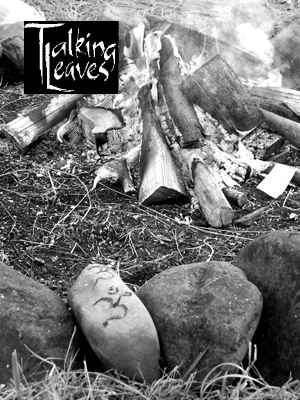During the last ice age, glacial lobes crept south from the Arctic and leveled much of Minnesota, Wisconsin, Illinois, and Iowa. However, they spared an area of about 15,000 square miles, which includes parts of each of those states. This is the Driftless Region. It is characterized by rolling hills and river valleys and sports some very special geological features. About 19,000 years ago, when the ice age temperatures hit their lowest, spring and summer water seeped into small cracks in the limestone or dolomite bedrock, causing it to crack when the water froze and expanded upon winter's return. When the glaciers receded thousands of years later, great flows of glacial meltwater exacerbated these fissures simply by running through them. Limestone is easily erodable by the very slight acid in water. This process created various caverns and crevices and sinkholes that are widespread in the Driftless Region. It is upon this karst topography, as it is called, that algific slopes depend.
Hannah McCargar
Geology and Some Kind of Reverence Along the Upper Iowa River
2005 Fall | Hannah McCargar
Growing Up Rhizominous
2003 Summer | Hannah McCargar
Rhizome--a system of interconnected root-like stems, usually growing horizontally under or along the ground and sending out roots from its lower surface, and leaves or shoots from its upper surface.
Yesterday, August and the lawn mower were in cahoots and their respective sweat and grass were convening on my back. On a whim I threw down my clothes, hauled up on the handle of the hydrant and crawled cringing underneath to wait for the water. In seventeen years, I'd never tried this before. Gravity driven, my cold experience worked its way up the pipe, the stuff that the windmill pulls from deep down for us to use. There was a sharp moment of wonder about the sudden and involuntary restructuring of my breath when water hit skin. Who allowed that gasp to get through? Dripping and unhindered by time, spectator, or clothing, and with more than a little glee, I pulled a warm towel off the line.
